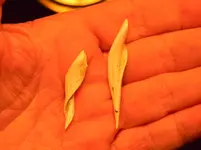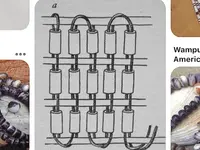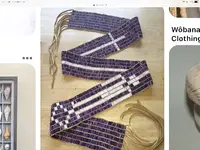Wampum became a medium of exchange for a few decades in the 17th century. The white tubular beads were produced from whelk shell columns. The purple tubular beads were produced from the shell of the quahog, the hard shell clam. Production of wampum was basically controlled by the Narragansett and, to a lesser degree, the Pequot. These tribes supplied wampum to many Northeastern tribes.
One important thing to keep in mind is the natives themselves switched to metal tools to produce wampum. It was more efficient and allowed them to produce more beads.
These partly reduced whelk shells were found at a whelk shell processing station at one of my interior sites in Rhode Island:
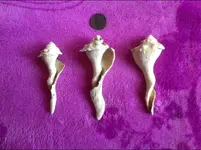
These two beads are from an Iroquois site in upstate New York. The smaller one was made the traditional way, and the larger one by using metal tools. One reason the Iroquois, such as the Mohawk, seldom raided the Narragansett of Rhode Island is because the Narragansett were essentially the mint makers during that period when wampum was used as money by both the native groups and the English.
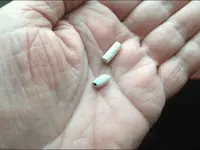
Here’s the idea where producing white tubular beads from whelk columns are concerned:
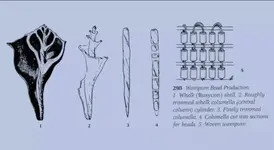
Quahog for purple, whelk for white:
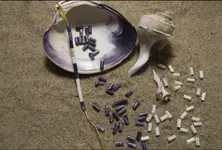
Sometimes, the whelk columns were reduced even further, not to create beads, but to create tools like shell awl-like tools:
